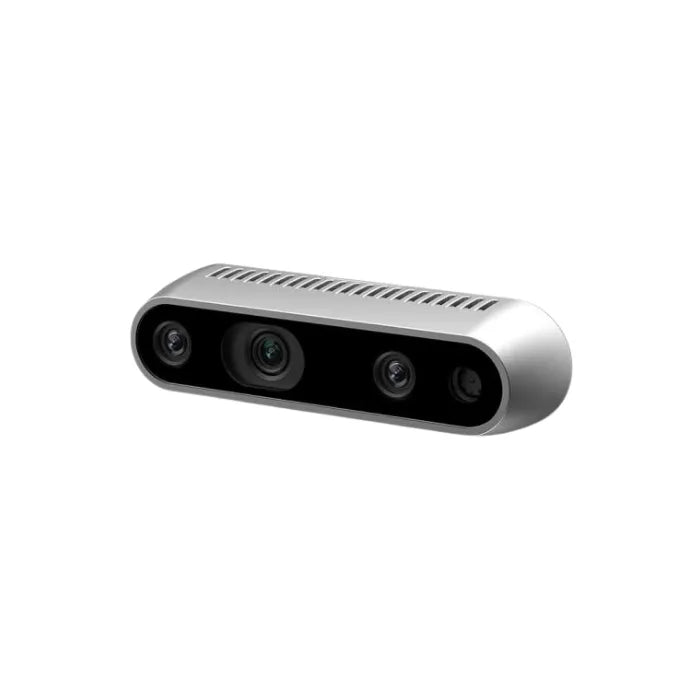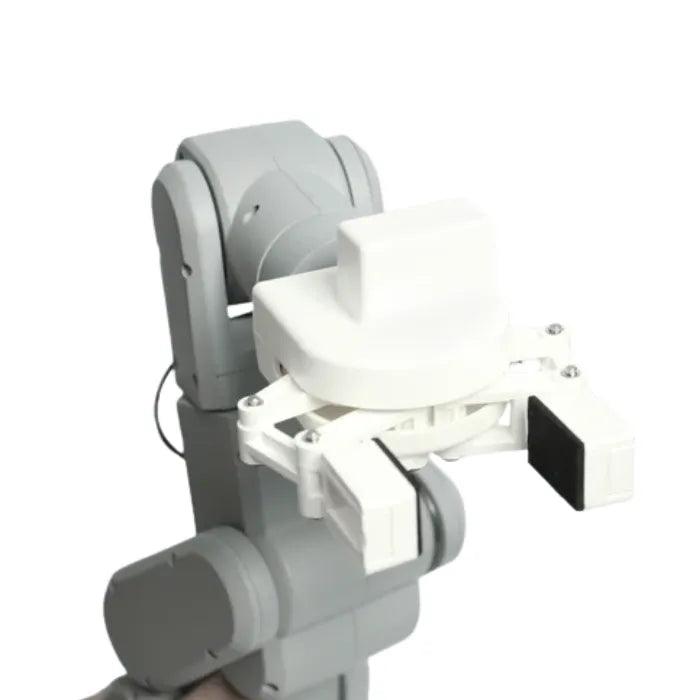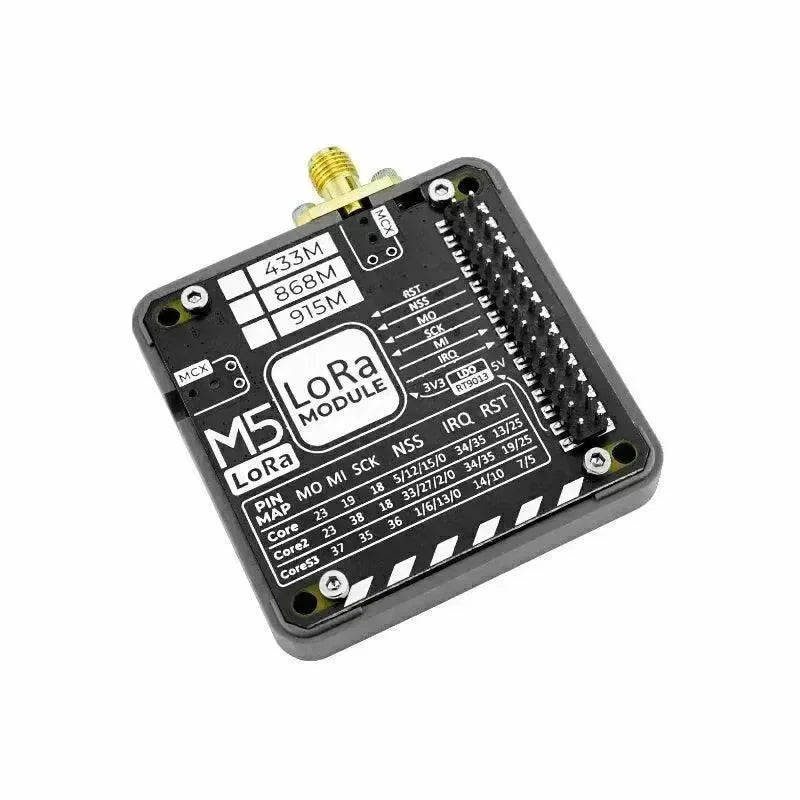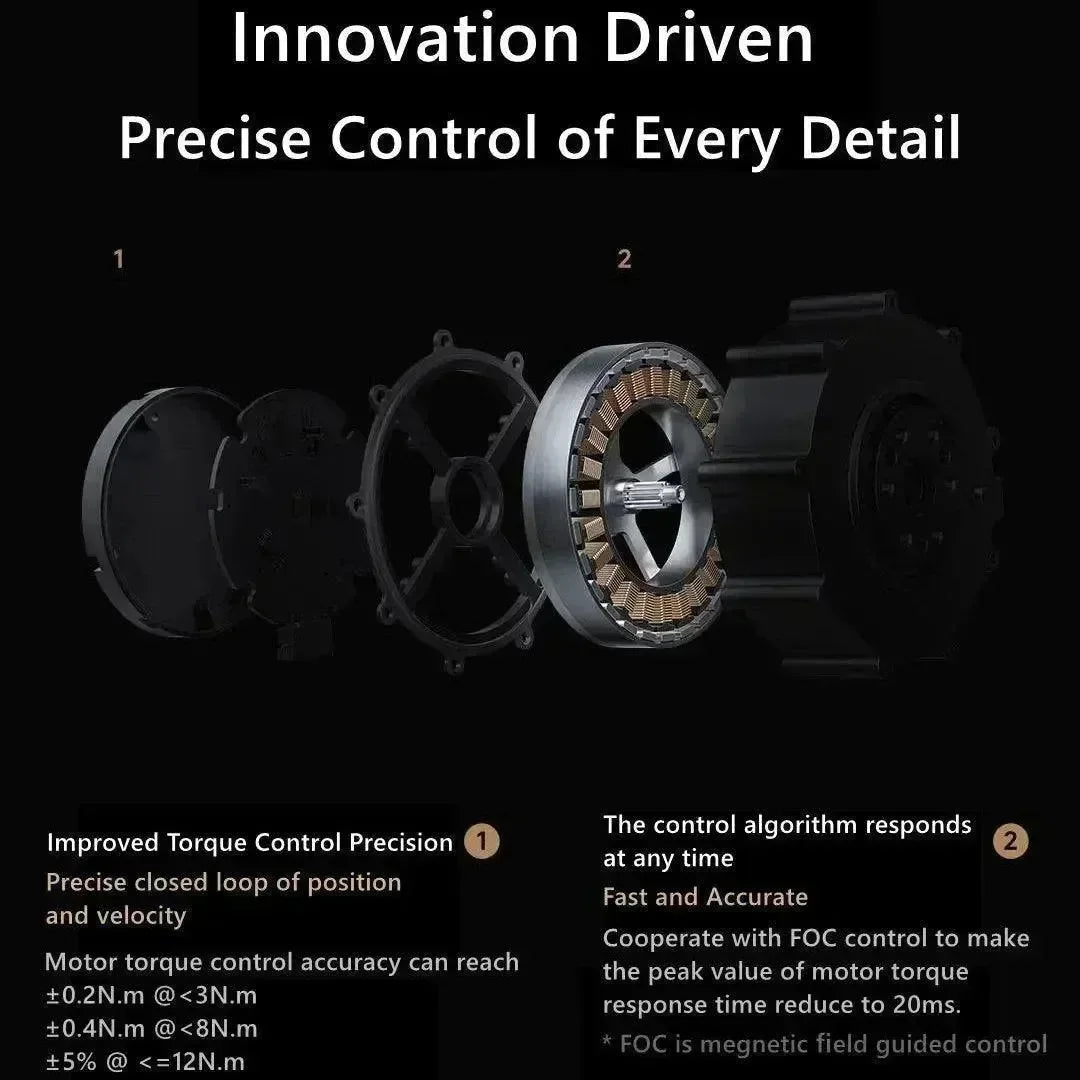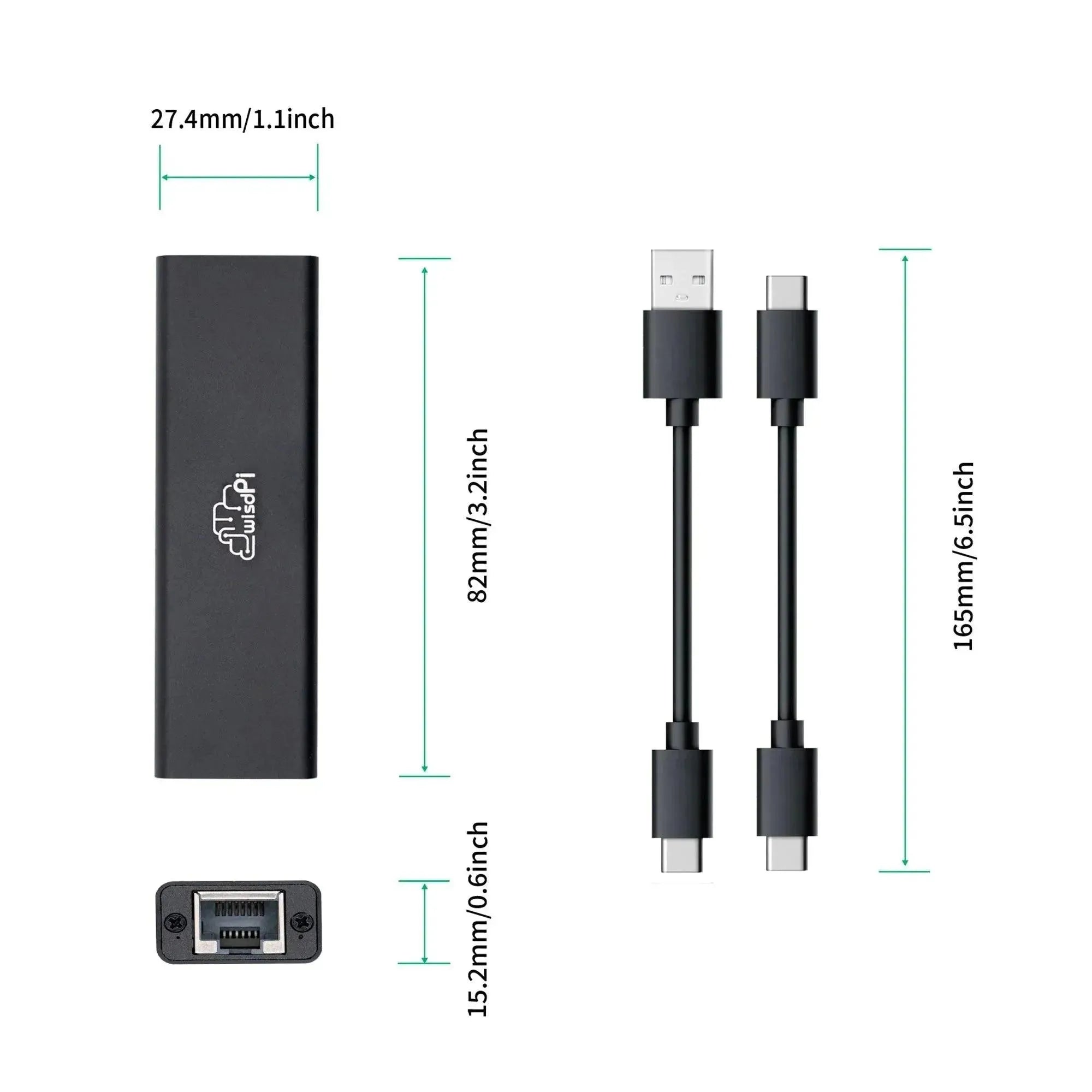M5Stack offers two popular LoRa modules: the LoRa433 and LoRa868. Both are designed for long-range wireless communication, but they operate at different frequencies and cater to varying needs. In this article, we’ll explore the differences between LoRa433 and LoRa868, comparing their key specifications and use cases to help you decide which module is best for your IoT projects.
Overview of LoRa Technology
LoRa (which stands for Long Range) is a type of wireless data communication technology widely used in Internet of Things (IoT) applications. It enables devices to communicate over long distances while consuming minimal power, making it ideal for smart agriculture, smart cities, and environmental monitoring. With its low power consumption and long-range capabilities, LoRa plays a crucial role in building IoT networks for various industries.
M5Stack LoRa433
Let’s first explore the M5Stack LoRa433, which uses the AI-Thinker RA-02 module and operates within the ISM 410-525MHz frequency band. On the top-left of the board, there is a 10mΩ chip resistor located next to the "433M" label, designed to support the 433MHz connectivity circuit.
This module runs on the 433 MHz frequency and leverages the Ra-02 module, powered by the SX1278 chip, which is recognized for its reliability and performance in long-range wireless communication.
Key Features of M5Stack LoRa433:
- Frequency: 433 MHz
- Chip: SX1278
- Antenna: Comes with an external SMA antenna by default, and offers two additional patch MCX pad interfaces for connecting other antenna types.
- Communication Pins: Easily configurable via a DIP switch.
- Applications: Best suited for long-range communication projects in regions where the 433MHz frequency is preferred.
M5Stack LoRa868
The M5Stack LoRa868 module features a smart design. Compared to the 433MHz version, the only significant change is the chip upgrade to support the 803-930MHz frequency range. Additionally, a 10mΩ chip resistor labeled next to “868M” helps maintain connectivity for the 868MHz circuit.
Interestingly, the 10mΩ chip resistor could potentially support 915MHz as well, a frequency band commonly used in North America. This means the module could also be compatible for dual-region applications—definitely worth testing out.
The LoRa868 module operates at 868MHz, a popular frequency for long-range wireless communication in Europe. It shares the same Ra-02 module (SX1278 chip) solution found in the LoRa433 version, offering reliable performance.
Key Features of M5Stack LoRa868
- Frequency: 868MHz
- Chip: SX1278
- Antenna: Comes with an external SMA antenna by default and offers two additional patch MCX pad interfaces for various antenna types.
- Communication Pins: Easily configurable via a DIP switch.
- Applications: Best suited for long-range communication projects in regions where the 868MHz frequency is preferred, particularly in Europe.
Comparison Table
| Feature | M5Stack LoRa433 | M5Stack LoRa868 |
| Frequency | 433MHz | 868MHz |
| Chip | SX1278 | SX1278 |
| Antenna | External SMA (default) | External SMA (default) |
| Additional Antennas | Two patch MCX pad | Two patch MCX pad |
| Communication Pins | Switchable via dip switch | Switchable via dip switch |
| Applications | Long-range communication | Long-range communication |
M5Stack LoRa433 vs. LoRa868: Which One Should You Choose?
Both the M5Stack LoRa433 and LoRa868 modules offer reliable long-range communication, but they are designed for different frequency bands. The best choice depends on the region you’re operating in and the specific requirements of your project.
- If you’re working in a region where 433MHz is the preferred frequency, the LoRa433 module is likely the better option.
- If your project is based in a region where 868MHz is more widely used—such as Europe—the LoRa868 module will be a more suitable fit.
Understanding the differences between LoRa433 and LoRa868 modules ensures you choose the right one for your needs. Whether you’re developing a smart agriculture system, a smart city solution, or an environmental monitoring project, M5Stack’s LoRa modules provide the performance and flexibility needed for successful implementation.




















